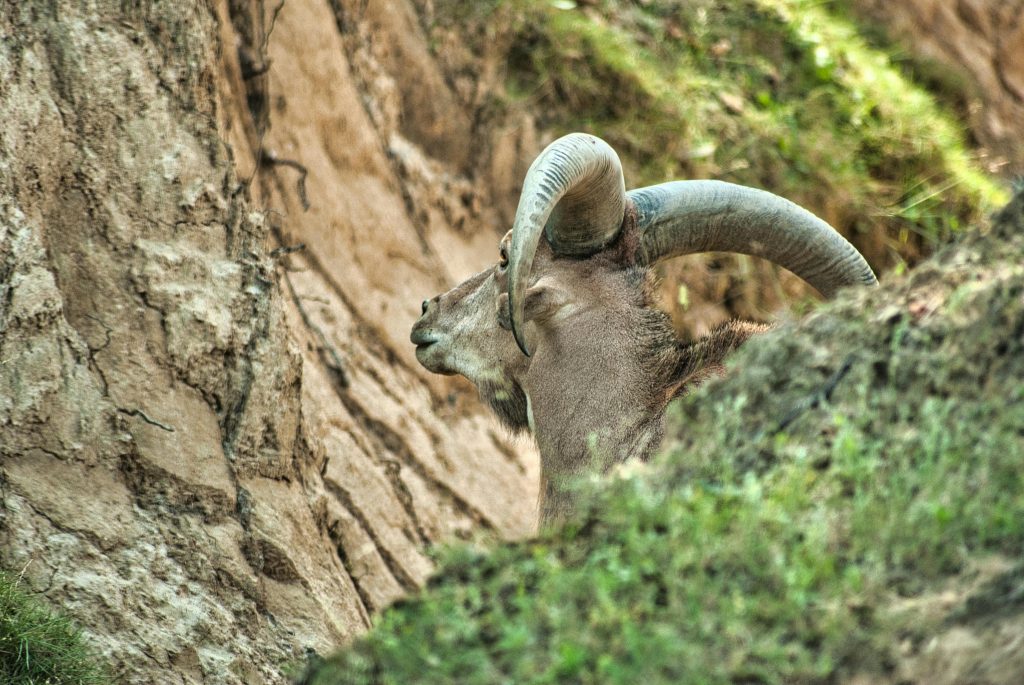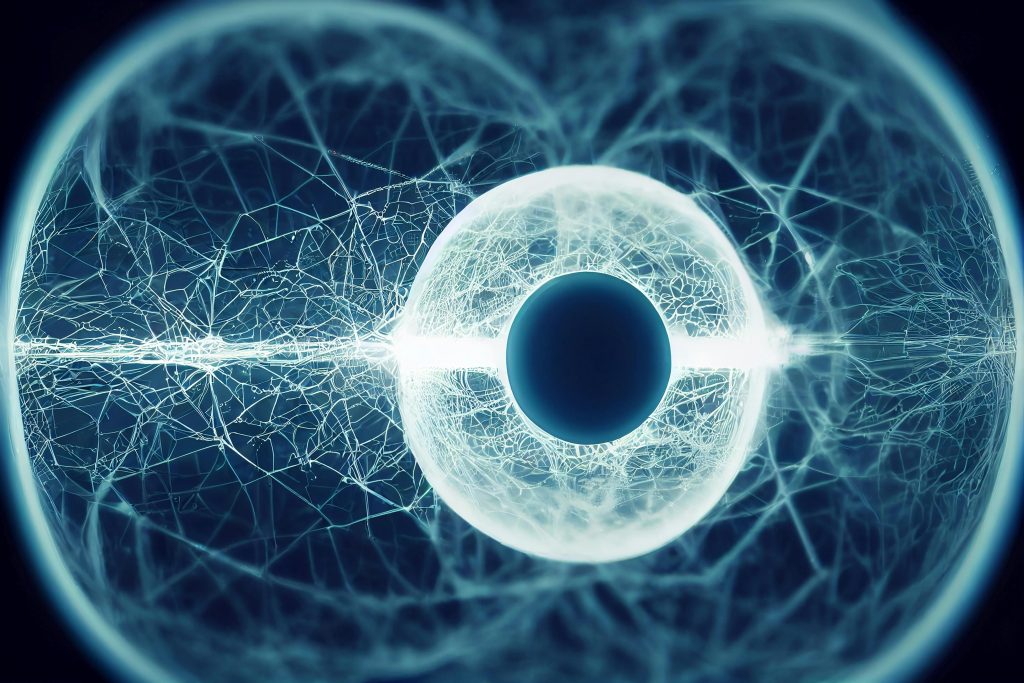Artificial intelligence is becoming a powerful ally in wildlife conservation. From analyzing camera trap images to monitoring animal movements via satellite, AI helps conservationists gather, process, and act on data faster than ever before.
Image recognition models can identify species, count populations, and even detect poachers in real time. Natural language processing (NLP) tools are used to analyze field reports and scientific papers for relevant trends.
AI is also applied to predict migration patterns, habitat changes, and disease outbreaks based on environmental data. For instance, predictive models help determine where endangered species are most at risk due to climate change or deforestation.
By automating data processing, AI enables conservationists to focus resources on critical actions, rather than manual tasks. It’s not just about protecting animals—it’s about preserving ecosystems and biodiversity on a planetary scale.
With the help of AI, science is not just studying nature—it’s protecting it in real time.



